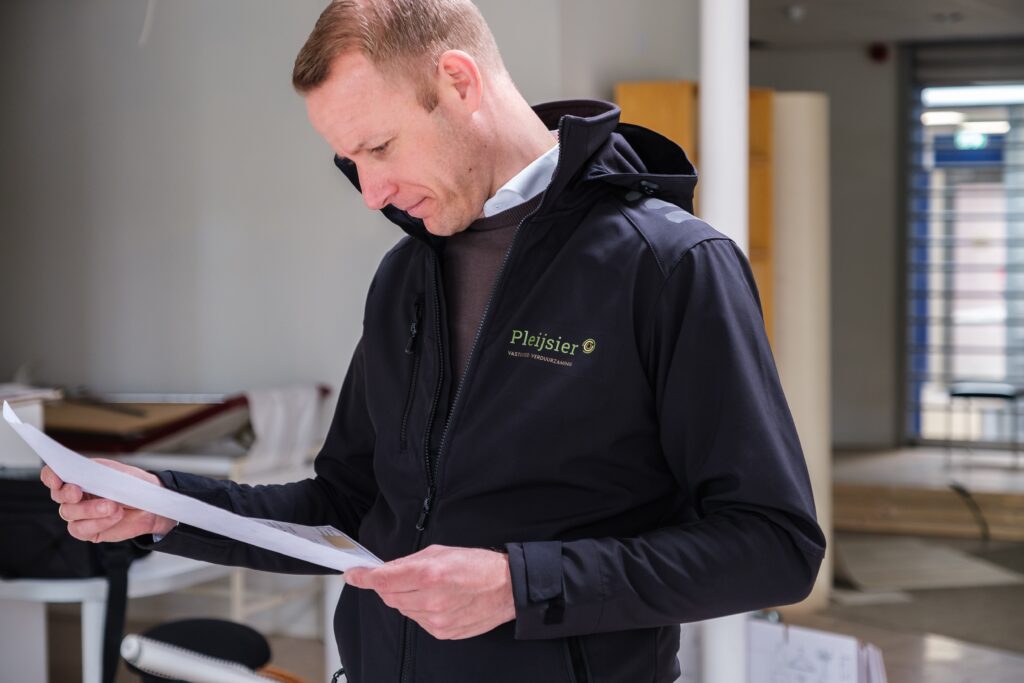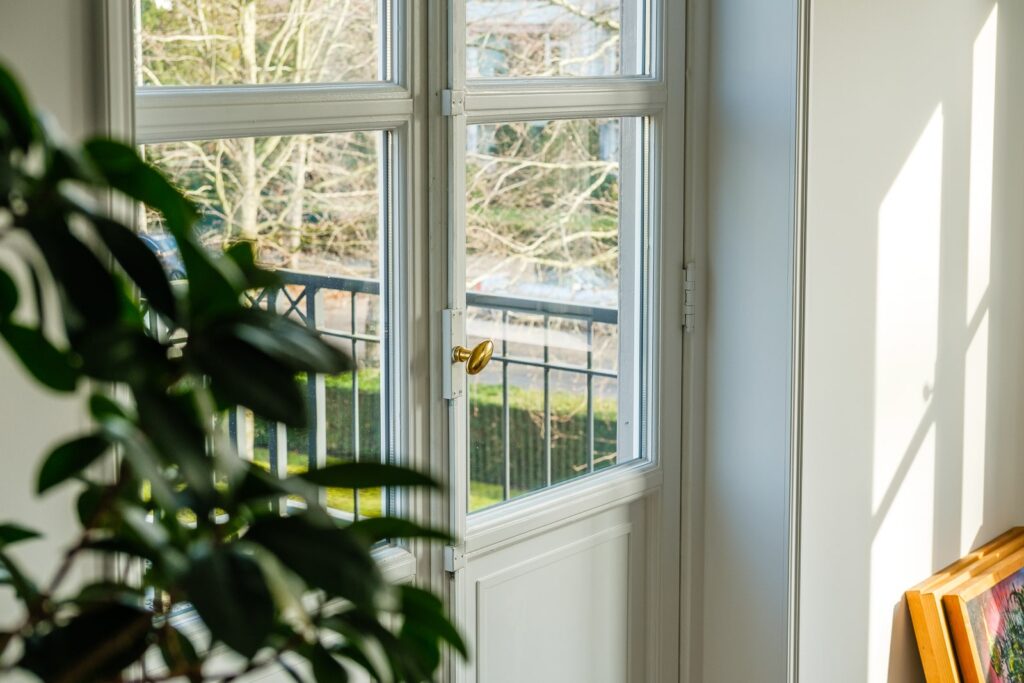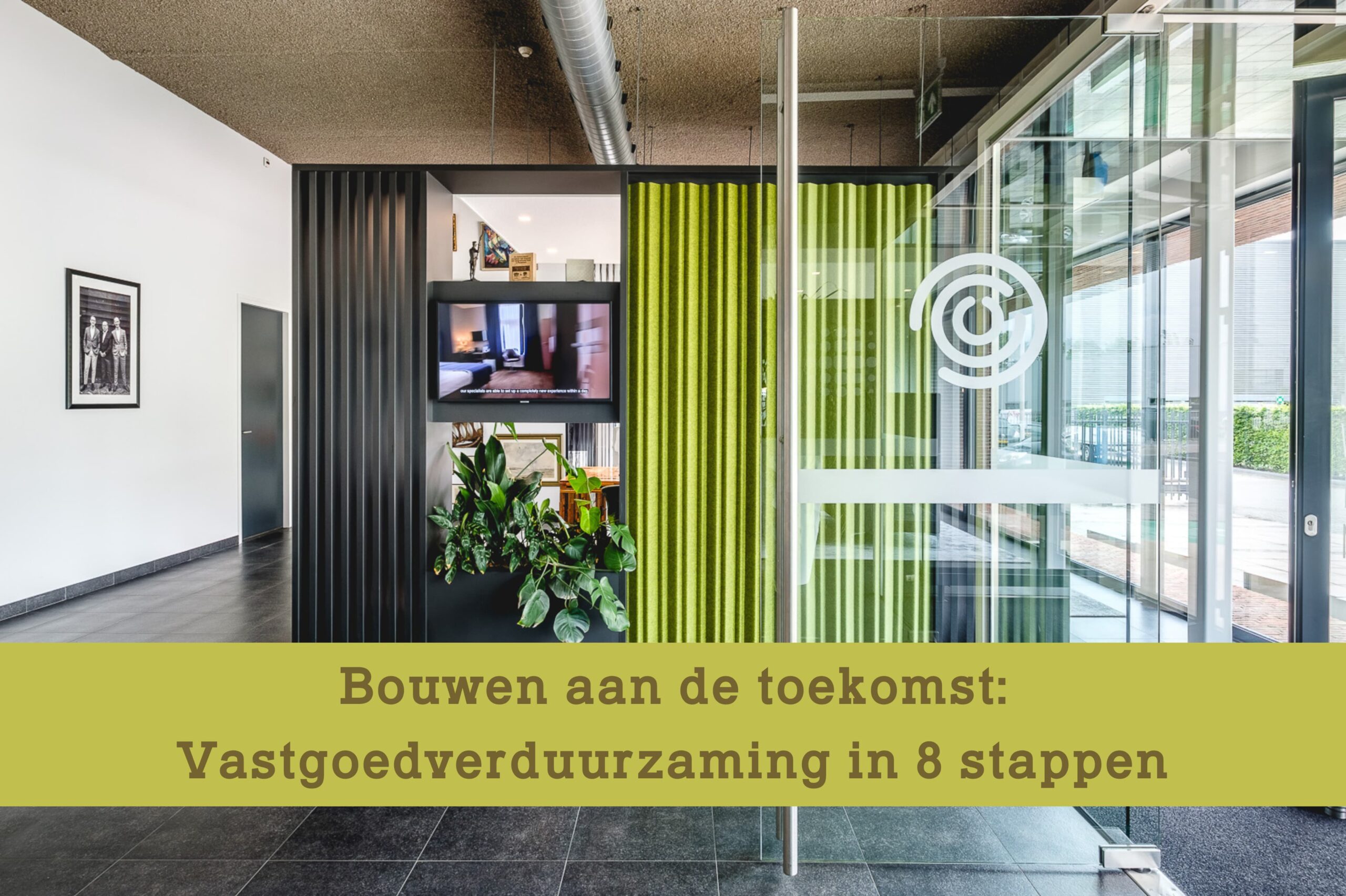As a property owner, you can reduce your environmental and climate impact by taking sustainability measures. With stricter government guidelines and customer requirements, making property more sustainable is increasingly not just a matter of wanting, but also of having to. But how do you approach that? A structured roadmap can be useful here. In this article, we offer guidance with eight steps towards the real estate of the future.
Step 1: setting objectives
Everything starts with a goal: where do you want (or need) to go with your real estate? Current and future laws and regulations are a good starting point here. But also consider your own ‘green ambitions’: will you try to meet the minimum requirements, or aim for maximum sustainability?
Whatever your ambitions, it is good to set specific, achievable goals. So don’t just go for ‘well-insulated’ or ‘climate-proof’, but set measurable standards for things like energy efficiency or use of materials. Also ask yourself whether your ambitions are realistic: is it financially feasible and possible with the existing property?
Step 2: analyse the situation
The second step is a thorough analysis of the property’s current energy consumption and environmental performance. Identify weaknesses and opportunities for improvement. You can use things like energy audits, environmental performance reports and life cycle analyses (LCA).
Step 3: draw up an action plan
Based on your ambitions and analysis of the current situation, you can draw up a concrete action plan to achieve your sustainable goals. This revolves around formulating specific measures to be taken. Consider installing energy-saving equipment, improving insulation values and using sustainable materials. Depending on the function of the building, an environmental performance calculation (MPG) should be carried out.

Step 4: evaluate financial viability
Before you can get started, it is important to consider the financial viability of the improvements you intend to make. This includes not only the investment costs, but also the expected savings and payback period of the investments. This is also the time to seek out subsidies or other funding opportunities. For example, think of the SME sustainability subsidy scheme (SVM) or Subsidy scheme for sustainable social real estate (DUMAVA).
Step 5: implement measures
Once the action plan is approved and funding is secured, it is time to get started. The focus here is on ensuring that all parties involved are well informed and that implementation runs smoothly – especially if the building remains in use as usual during renovation.
Step 6: monitoring and evaluation
After the sustainability process is carried out, it is important to keep an eye on the results. Hoe does the energy consumption develop? How are the durable systems functioning and which savings become visible? This way you will be able to find out what does not work according to the plan (yet) and what should be adjusted for it to work properly.

Step 7: communicate and engage
By making property more sustainable, you contribute to a better environment and reduce your organisation’s climate impact. However, your sustainability efforts can also enhance your reputation and image as a responsible company. So communicate this openly and honestly to tenants, owners, employees and other stakeholders. Explain with pride what efforts you have made, share your successes and inspire customers and industry peers to do the same.
Step 8: keep improving
Sustainability is a journey, not a destination. It is an ongoing process that requires the real estate sector to keep looking for ways to further improve and innovate the environmental performance of buildings. Trends and developments in technology, materials and legislation can ensure that new sustainability measures are always available for your property.
Pursuing sustainability together
Making real estate more sustainable is a complex process that requires knowledge and involvement of different parties and disciplines. Having a clear roadmap can help you as a property owner on your way to the real estate of tomorrow. Do you need help or want to be fully unburdened from in the sustainability process? Then please feel free to contact us.

